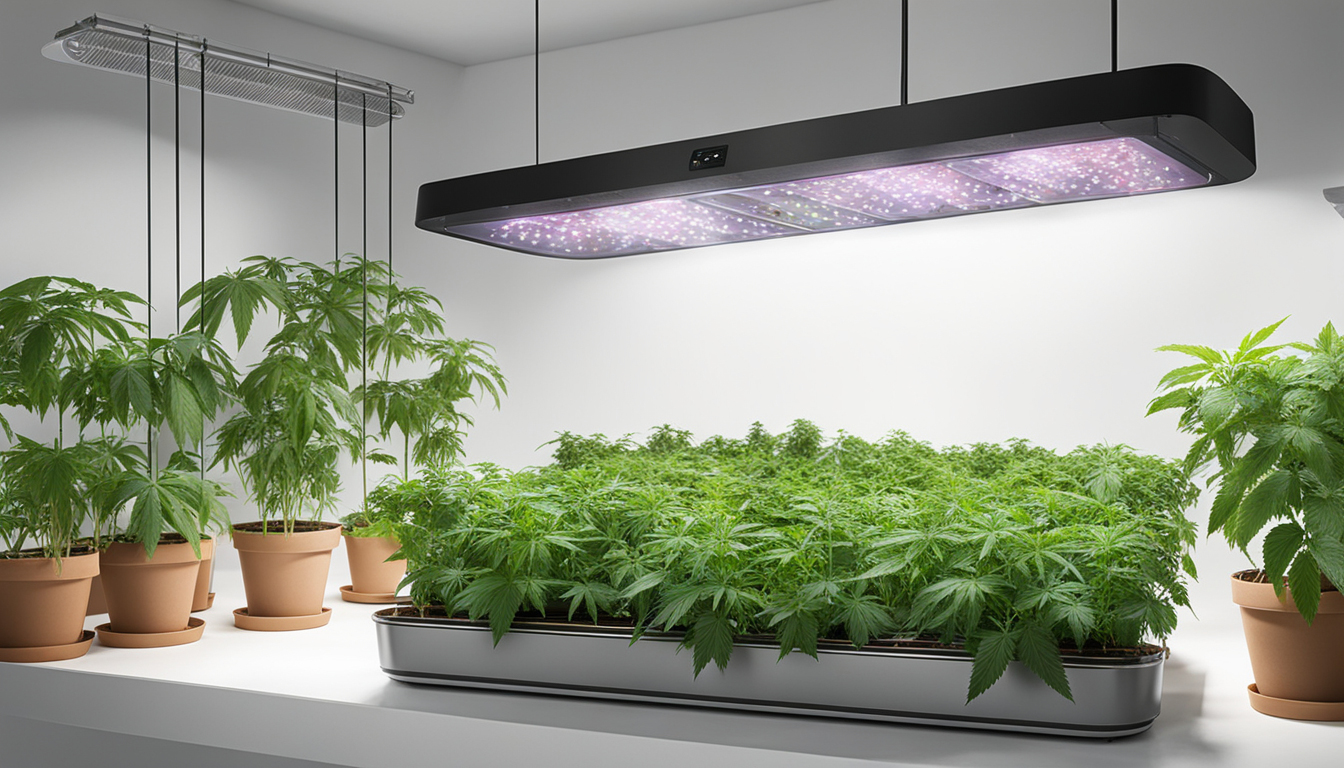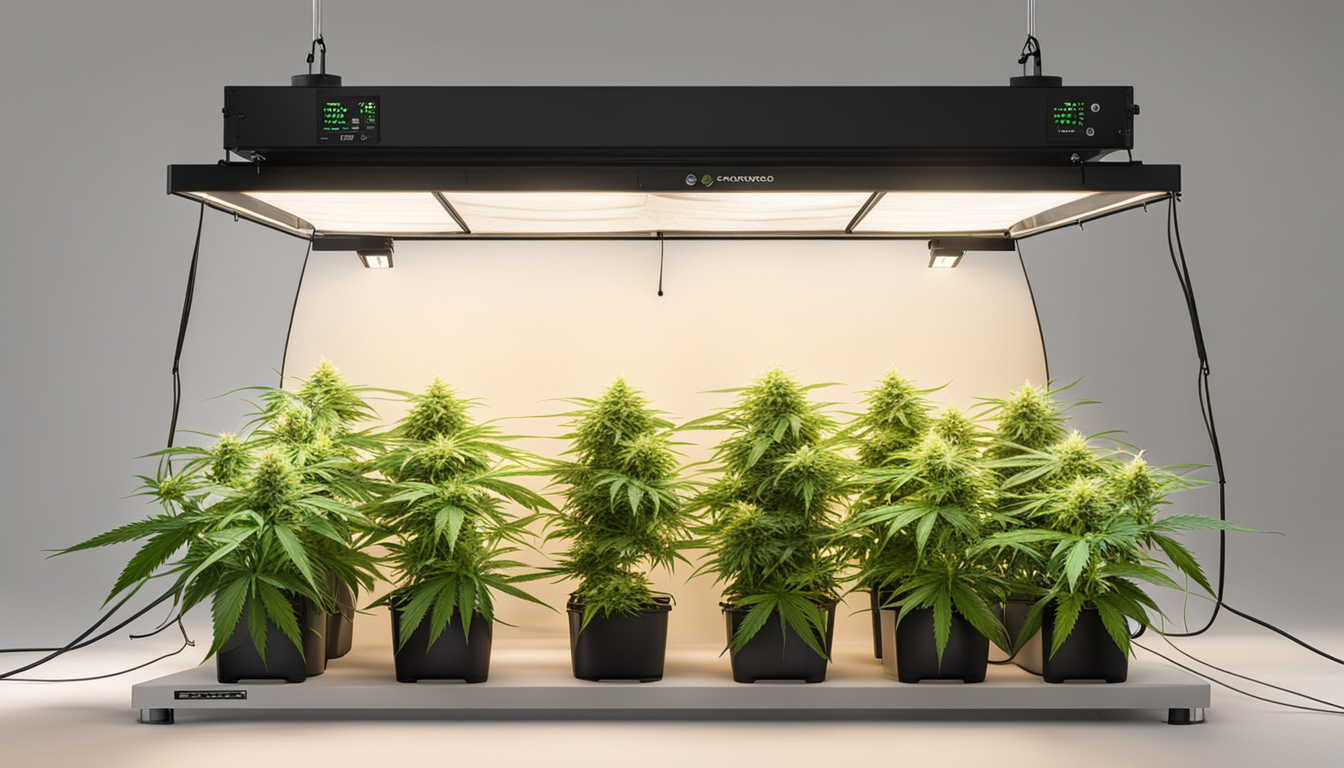
Whether you're beginning pot production or looking to improve your existing harvest, following this complete guide will help you produce big, high-quality yields right at home. With the right gear, methods, and care, cultivating pot indoors can be an extremely satisfying and cost-effective endeavor.
Choosing Weed Strains
The first step in planning your indoor grow is choosing the right marijuana varieties to cultivate. The three main types of cannabis plants each have their own qualities.
Energizing strains
Known for their invigorating cerebral effects, these strains spread tall and slender with narrow leaves. They thrive in warmer tropical climates and have a longer blooming time between 10-12 weeks indoors. Top sativa varieties include Jack Herer, Durban Poison, Super Lemon Haze, and Jack Herer.
Indicas
These strains provide calming full-body effects and grow short and bushy with wide leaves. Adapted to cooler mountain climates, they bloom faster within 8-9 weeks. Popular indica varieties include Granddaddy Purple, Northern Lights, and Bubba Kush.
Hybrids
Mixed strains blend traits from both energizing strains and indicas. They offer blended effects and have medium flowering times around 9-10 weeks. Well-known mixes are OG Kush, Girl Scout Cookies, and Blue Dream.

Setting Up Your Cultivation Space
Weed plants need the right controlled environment to succeed. Key factors for indoor grows are lights, ventilation, layout, and finding the ideal discreet spot.
Location
Choose an unused space with quick access to water and electrical outlets. An empty extra bedroom, unused closet, basement corner, or cultivation tent locked away in a garage all make great discreet grow room spots.
Lighting
Pot requires intense light for all vegetative stages. LED grow lights are efficient and come in full spectrum options simulating real sunlight. Provide 250-400 watts per square foot for the growth stage and 20-40 watts per square foot for bloom.
Ventilation
Proper airflow and exhaust systems keep ideal temperature, humidity, and pure CO2 levels. Set up quiet 10-15 cm blowers or carbon filters to circulate old air and eliminate odors.
Layout
Optimize your space by arranging plants strategically under the lamps and allowing room to access and work around them. Set up separate zones for growth, bloom, drying, and cloning.

Cultivation Mediums
Cannabis can be grown in different mediums, each with benefits and cons. Pick a appropriate option for your particular setup and cultivation style.
Soil
The traditional medium, soil is affordable and easy for beginners. It provides great flavor but requires more watering and nutrients to feed plants. Enrich soil with vermiculite or coco to improve drainage.
Coco Coir
Made from coconut husks, reusable coconut fiber holds water but still lets in air to the roots. It's more sterile and more consistent than soil. Use coir-specific fertilizers to prevent accumulation.
Water systems
In water systems, plant roots develop right in fertilizer irrigation solution. This enables quick development but needs careful observation of solution chemistry. Deep water culture and drip systems are common methods.
Sprouting Seeds
Sprouting prepares your pot seeds to start growing radicles. This readies them for transplanting into their growing medium.
Paper Towel Method
Place seeds between damp paper towels and keep them moist. Check after a week for growing radicles showing sprouting is complete.
Planting directly
Insert seeds right into wetted cultivation medium 6mm deep. Gently water and wait 7-14 days until sprouts push through the surface.
Rockwool Cubes
Soak cubic rockwool starters in pH-adjusted water. Place seeds 6mm deep into the cubes. Keep cubes moist until seedlings emerge within a week to 2 weeks.
Repotting Young plants
Once sprouted, weed seedlings need to be transplanted to prevent crowding. Move them into proper sized pots.
Ready Containers
Fill Request More Info final pots with cultivation medium enriched with time-released nutrients. Allow pots to soak up water for 8-12 hours before transplanting.
Carefully Transplanting
Carefully loosen young roots from germination medium using a spoon. Put into pre-soaked container at same depth as before and gently water in.
Growth Stage
The growth stage promotes leafy growth and plant form through 3/4 to full day of continual light exposure. This stage usually lasts 1-2 months.
Using 18-24 Hours of Light
Use lamps on a 24 daily cycle or natural sunlight to initiate nonstop photosynthesis. Lamp output influences size and internodal spacing.
Nutrients
Use grow stage nutrients richer in N. Make sure pH stays around 6.5 for full nutrient absorption. Fertilize 25-50% strength after 2 weeks and strengthen slowly.
Training Techniques
Topping, LST, and trellising manipulate shoot patterns for even foliage. This increases yields.

Bloom Stage
The flowering stage grows buds as plants show their sex under a 12 hour light timing. It lasts 8-12 weeks based on variety.
Changing Light Schedule
Change grow lights to 12/12 or move outdoors for natural 12 hour cycle. This signals plants to begin flowering.
Flushing
Flushing removes fertilizer residuals to improve flavor. Fertilize weakly the first period then just use plain water the last 2 weeks.
Flushing
Continue 12/12 light timing but leach using pH-balanced water only. Return to clean watering if buds aren't ripe after two weeks.
Harvesting
Knowing when pot is fully ripe delivers peak cannabinoid content and aroma. Cut down plants at optimal ripeness.
Identifying Ripeness
Look for fading pistils, swelling calyxes, and 10-15% cloudy trichs. Inspect buds across the plant as they won't all mature evenly.
Cutting Plants
Use sterilized, razor-sharp trimming scissors to carefully cut each plant at the base. Keep several inches of stem attached.
Curing
Suspend whole plants or branches inverted in a dark room with average temp and RH around 50-60% for 7-14 days.
Aging
Curing continues desiccating while improving the buds like fine wine. This process mellows harshness and further develops terpene contents.
Jars and Humidity
Trim cured buds from branches and place into glass jars, packing about 75% capacity. Use a hygrometer to measure jar moisture.
Opening jars daily
Open jars for a few hours each day to gradually reduce humidity. Remoisten buds if RH goes under 55%.
Long term storage
After 2-3 weeks when humidity stabilizes around 55-60%, perform a last manicure and keep forever in airtight jars.
Troubleshooting
Even experienced growers run into various marijuana plant problems. Detect problems early and address them properly to maintain a strong garden.
Poor feeding
Chlorosis often signify insufficient nitrogen. Purpling stems and leaves show phosphorus deficiency. Test pH and boost fertilizers slowly.
Bugs
Spider mites, fungus gnats, thrips, and root aphids are common weed pests. Use organic sprays, predator bugs, and yellow traps for organic control.
Powdery mildew
Excessive moisture encourages powdery mildew and bud rot. Improve circulation and venting while reducing RH under 50% during bloom.

Conclusion
With this complete indoor cannabis growing guide, you now have the info to cultivate plentiful potent buds for personal grows. Apply these techniques and methods throughout the seed starting, vegetative, and bloom stages. Spend in good equipment and carefully check on your plants. In time, you'll be compensated with sticky aromatic buds you grew yourself under the patient guidance of your green hands. Good luck cultivating!